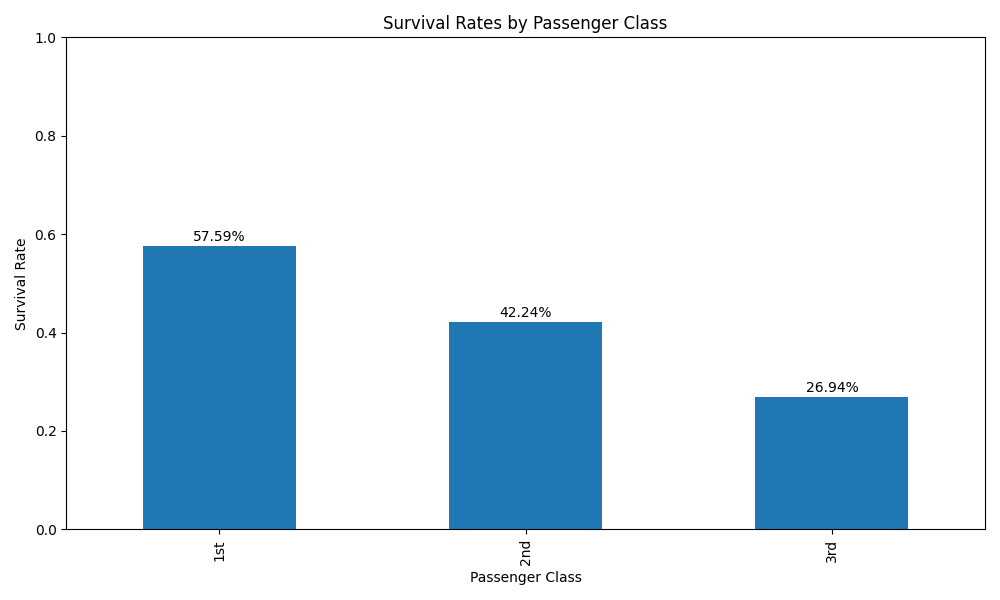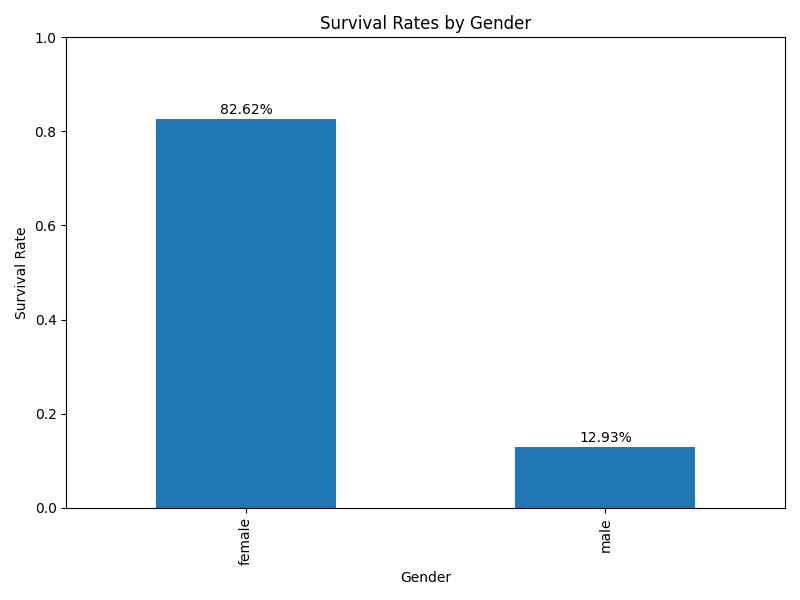First Glance Analysis of the Titanic Dataset
 Isaac Onyeakagbu
Isaac OnyeakagbuTable of contents

INTRODUCTION
This report presents an initial analysis of the Titanic dataset, which contains information about passengers aboard the ill-fated maiden voyage of the RMS Titanic. This review is to identify immediate insights that can be gleaned from a quick examination of the data.
OBSERVATIONS
Survival Rates: At first glance, it appears that a higher proportion of women survived compared to men. This could suggest that gender played a role in survival rates.
Passenger Class: The dataset includes information on passenger class (1st, 2nd, and 3rd). A quick look suggests that passengers in higher classes may have had better survival rates, possibly due to their proximity to lifeboats or preferential treatment during evacuation.
Age Distribution: The age data reveals a wide range of passengers, from infants to elderly individuals. This diversity in age could provide interesting insights into how age factored into survival rates.
Family Size: The presence of 'SibSp' (siblings/spouses) and 'Parch' (parents/children) columns indicates that family groups were present on the ship. This data could be used to analyze how the family size or travelling with relatives affected survival chances.
Fare Prices: The 'Fare' column shows a wide range of ticket prices. This variability could be correlated with passenger class and potentially survival rates, offering another avenue for analysis.
ANALYSIS

Analysis of the Titanic dataset reveals that the overall survival rate was 37.74%, meaning just over one-third of all passengers survived the disaster. However, this rate varied dramatically when broken down by passenger class and gender.
Passenger class played a significant role in survival chances.

First-class passengers had the highest survival rate at 57.59%, followed by second-class at 42.24%, and third-class at 26.94%. This clear gradient suggests that a passenger's socioeconomic status, as reflected by their class, was a crucial factor in their likelihood of survival.
Gender emerged as an even more striking determinant of survival.

While 82.62% of female passengers survived, only 12.93% of male passengers did. This vast disparity likely reflects the 'women and children first' protocol followed during the evacuation, as well as the location of men's and women's quarters on the ship.
These findings underscore the complex interplay of social factors that influenced survival rates during this historic disaster, highlighting issues of gender roles and class distinctions prevalent in early 20th-century society
CONCLUSION
This first-glance analysis of the Titanic dataset reveals significant disparities in survival rates, primarily influenced by passenger class and gender. The overall survival rate of 37.74% varied dramatically across different groups, with first-class passengers and women having substantially higher chances of survival. These findings highlight the complex interplay of social factors during the disaster and open avenues for deeper investigation into the socio-economic dynamics aboard the Titanic. Further analysis could provide more nuanced insights into this historic event and its aftermath.
For those interested in developing data analysis skills to conduct similar studies, the HNG Internship program offers excellent opportunities. Learn more at https://hng.tech/internship and https://hng.tech/premium.
Subscribe to my newsletter
Read articles from Isaac Onyeakagbu directly inside your inbox. Subscribe to the newsletter, and don't miss out.
Written by

Isaac Onyeakagbu
Isaac Onyeakagbu
Hi, I'm Isaac, a multifaceted tech professional with expertise in data analysis, content writing, technical writing, video editing, product management, and customer service. I enjoy using my diverse skillset to create engaging content and provide helpful solutions for readers and clients. Though my background spans many industries, my passion lies in leveraging technology and creativity to clearly communicate complex topics. When I'm not writing articles or editing videos, you can find me learning new skills, keeping up with the latest tech trends, and looking for new challenges to tackle. I'm excited to share my knowledge and continue growing as a professional.